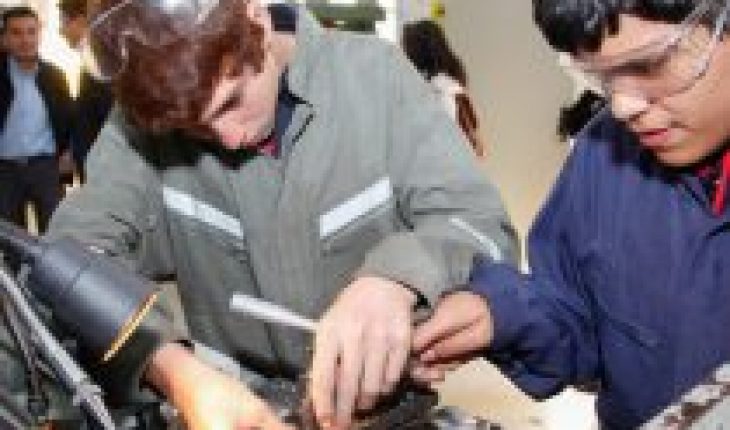Since the enactment of the Higher Education Law, the creation of a new Access System is established that “will be objective and transparent and must consider, among others, the diversity of talents, abilities or previous trajectories of the students”. That is, regardless of their origin, all students would have equal opportunities, was that fulfilled with the new Higher Education Access Test (PAES)?
This test, which was applied for the first time for the 2023 admission process, would constitute – at least symbolically – the achievement of the pro-equity promise of the Chilean education system. With great satisfaction, different actors of the system have disseminated the results obtained. It has been surveyed, highlighting the increase in the number of applicants, the change in the conceptualization of academic merit, giving greater value to the previous formative trajectory of the student. In terms of results, of the more than 245 thousand people who took it, 55.67% were selected by the country’s universities (which implies an increase of 12.56%) and the largest increases occurred among graduates of technical-professional public schools, with an increase of 25.42%.
However, it is good to be cautious. Technical-professional education and its students continue to experience the consequences of an unequal educational structure that has not had the institutional framework and sufficient capacity to advance with equal opportunities. Although there are exceptions to the rule, studying today in a technical high school opens possibilities for the development of the person, but to a certain extent, with restrictions and small letters. Let’s look at some numbers.
When comparing applicants by group, the subset that belongs to the TP modality is the one that registers the lowest percentage of attendance at the PAES 2023. While 80% of the applicants who belong to this sector attended at least one of the tests, their scientific-humanist peer registers an attendance of 91%.
If we compare the differences between average scores of the different tests of the PAES according to the modality of teaching of the establishment, we observe notorious and significant gaps that leave the PT in an obvious situation of disadvantage. Graduating from a technical high school has a lower probability of obtaining a score than that achieved by a graduate of a scientific-humanistic establishment, and this distance becomes more evident when we consider the dependence of the establishment. Remember that there is not a single TP establishment in the country that is private paid.
A third piece of evidence to keep in mind regarding the school-higher education transitions, but which is not related to the PAES 2023 results, is the level of ignorance that the student communities of technical high schools have about the financing alternatives to access higher education careers. A recent investigation by the Luksic Foundation showed that less than 5% of 4th grade students of TP establishments know the requirements to access free education. Paradoxical, isn’t it? Because in these establishments there is a high proportion of students who come from households in lower income quintiles, thus being potentially beneficiaries of this financing.
Despite the progress made especially in access, the gaps and differentiation of results according to socioeconomic level continue to show the high segregation of the education system. Which shows that there is still a long way to go to build a system that allows people to develop all their skills and talents, without discrimination of any kind. And so is answering, with a systemic view, what is the role of ETP in Chile.
Overfocusing on admission instruments to access university education; and, consequently, the association of the modifications made with the progress in the construction of an access system that promotes and recognizes the diversity of talents, abilities and / or training trajectories; It seems to move us away from building flexible and inclusive learning pathways.
It is clear that any admission instrument alone will not be able to solve structural problems in the education system. Any admission policy (and access system) defined must incorporate the contextual features of the Higher Education System as a whole; consider the institutions of the system, the populationiantil and, more broadly, the particularities and strengths of the two subsystems established in the Law, and how they are linked and integrated to advance towards the development that society demands of us.
The invisibility of technical-professional education in public discussion and in the definition of policies for access and admission to higher education will further hinder the necessary integration and articulation required by the current system. The almost obvious consequences are/will be the greater deepening in the levels of segmentation and stratification of the System. This distances the real possibility of advancing in greater levels of articulation between both subsystems, institutions, and their programs, limiting the possibilities for students to have more access options and more alternatives and routes of progression to higher education.
Follow us on
The content expressed in this opinion column is the sole responsibility of its author, and does not necessarily reflect the editorial line or position of El Mostrador.





